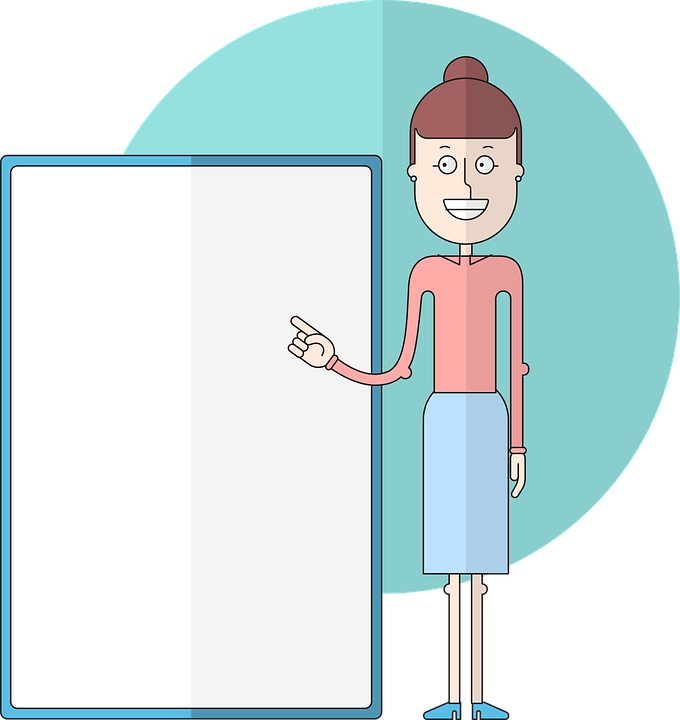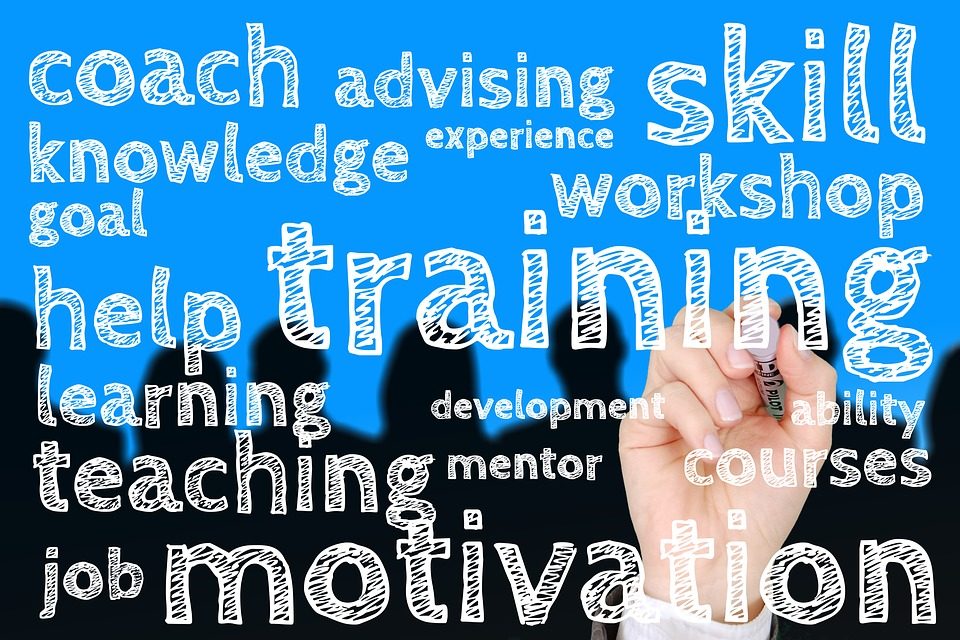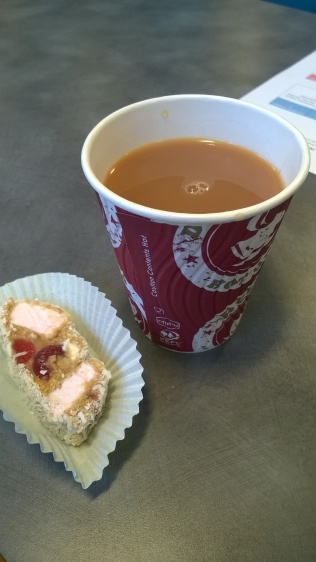I can hardly believe it! 3rd year is almost here, and this is the point where all my hard work starts to count towards my final qualification!
My first 2 years at university have been brilliant so far, and I have learned so much – not only about the course content, but also about myself. I’ve discovered that I really enjoy learning, and (for the most part) I find assignments to be positively challenging.

Before I began 2nd year, I wrote a post with the following goals:
1.Continue to get involved in extra activities and opportunities (beginning with being a ‘buddy’ for the new MA1’s.)
2.Continue to work hard to achieve the grades that I want.
3.Approach my Science elective with a positive attitude and open mind (despite being a little nervous about it as science is far from my favourite subject!)
4.READ! Read and read and read and read some more. I was beginning to get better at this during MA1 but feel that I can manage my time better to ensure plenty of time for extended reading. I particularly want to read more journals and academic writing.
5.Find a Learning from Life placement which will be challenging with plenty of transferable skills.
Reflections
1. I feel that I have achieved my first target, as I have attended 2 #Pedagoo events and am looking to work with a few course-mates to perhaps arrange an event of our own at the uni.

There have been some barriers to this goal; Although I signed up to be a buddy, and attended the first meeting session, I have not found any opportunity to work with or support the first year students.
Another barrier is that I moved house, from Dundee to Fife, in November. This move has made it more difficult to attend extra-curricular activities such as the Christmas choir. Now that I am more settled and have worked out travel arrangements, I hope that I will be able to get involved again.
2. I have continued to work hard and have mostly achieved the grades that I aim for. There was only one assignment which resulted in a lower grade than I’d hoped, but after discussing this with the marker, I was satisfied that I had been ‘on the verge’ of my preferred grade, and I could see how I could improve my work in the future.
3. I am not sure whether I achieved this goal. I attempted to embrace my science elective, but found it very difficult. I felt that the content and delivery was slightly more aimed at those who had more of a science background than myself (I haven’t done science since high school – and that was 14 years ago!) Never the less, I worked hard and was able to pass the assignment.
4. I have definitely begun to read more around all of my subjects, using the ‘big picture’ documents to guide me towards academic journals and other additional reading. Despite this, I feel that I could continue to improve this, and I have begun to read even wider, including literature which is not necessarily on the reading list or directly related to my modules, but which I feel will support me as a teacher.
5. Now this is a goal which I can confidently say I have achieved! I was thrilled to find a learning from life placement which was interesting, challenging, and incredibly rewarding.

Goals for MA3
- Become my own kind of teacher. In other words, I want to be the kind of teacher that I want to be! In my first placement I very much imitated my mentor teacher – due to anxiety about the year group, and about teaching in general. Now that I have had more experience, and have built up my professional knowledge in a variety of areas, I feel that I am more able to approach teaching in my own way (See my next post where I consider what this means).
It also helps that my MA3 placement is in the ‘Early Years’ area of primary, which is the age group that I am most comfortable with. In order to achieve this goal, I need to really think about the kind of teacher that I am going to be – but that is a topic for another post! - Be more experimental. I recently read a blog which gave advice to student teachers. One of the pieces of advice was to try things out and be experimental, as now is the time to give things a go! This has struck a chord with me, and also links with my first point. I don’t want to be a ‘worksheet’ teacher. I really want to connect with my class and give them experiences (and learning) that will engage, inspire, and stay with them.
- Keep on reading! I have begun to keep a record of literature that I have read/ want to read for my own professional development. This is not necessarily reading which is directly linked to the course, assignments, modules, or lectures, rather it may be books recommended by teachers on twitter, or blogs that I come across during my general browsing.
























 is taking place and the effectiveness for their pupils, while being realistic and flexible enough to make alterations if appropriate. I didn’t realise it until now, but I have used this form of reflection while working within nurseries. Occasionally I would come to the children with a carefully planned activity which had taken me a long time and I was very pleased with. I had clear learning goals and I was adamant that it would work well, however when putting it into practice I found that the children were not engaged. At this point I needed to quickly deduce the reasons that the activity was not working, and make changes.
is taking place and the effectiveness for their pupils, while being realistic and flexible enough to make alterations if appropriate. I didn’t realise it until now, but I have used this form of reflection while working within nurseries. Occasionally I would come to the children with a carefully planned activity which had taken me a long time and I was very pleased with. I had clear learning goals and I was adamant that it would work well, however when putting it into practice I found that the children were not engaged. At this point I needed to quickly deduce the reasons that the activity was not working, and make changes.

